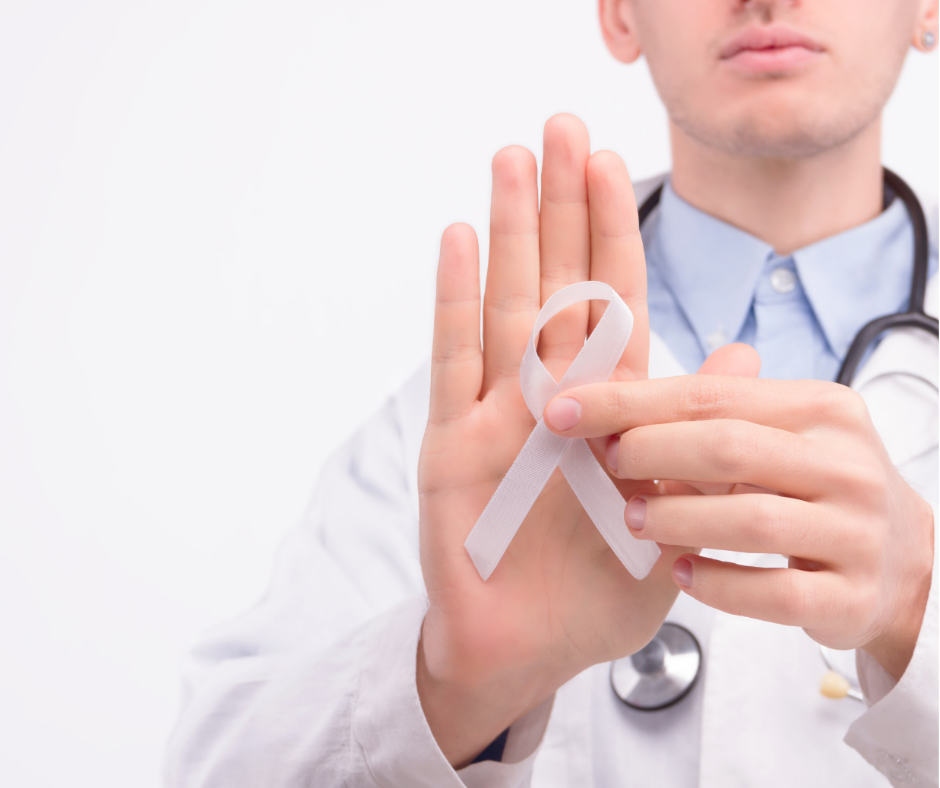Blog & Resources
Stay informed with Longmore Clinic’s blog – expert heart health insights, preventive care advice, and patient-centered stories to help you take charge of your health with confidence.
Early Warning Signs of Heart Disease You Shouldn’t Ignore
The Importance of Regular Check-Ups
Early Warning Signs of Heart Disease You Shouldn’t Ignore

INTRODUCTION
Longmore Clinic: Caring for Hearts, Saving Lives
Longmore Clinic has been serving the community with compassionate, expert healthcare. Our team specializes in cardiology and preventive care, helping patients take charge of their health before problems become serious. With modern facilities and patient-centered care, we’re here to support your journey toward a healthier heart and a healthier life.
Latest Posts
Consultation
Cardiology
Preventive Care
Wellness/Lifestyle
BLOG #1
Early Warning Signs of Heart Disease You Shouldn’t Ignore
Early Warning Signs of Heart Disease You Shouldn’t Ignore
Heart disease is one of the leading causes of illness worldwide, but the good news is that early detection saves lives. Recognizing the warning signs can help you or a loved one seek medical attention before the condition becomes serious. At Longmore Clinic, we want our patients to feel informed and empowered about their heart health.

Are you ready to take charge of your health?
Learn About Heart Health

Understanding your heart is the first step to protecting it. At Longmore Clinic, we provide expert cardiology care and resources to help you recognize risks, manage symptoms, and build a healthier future. Whether you’re learning about prevention or already managing heart concerns, our team is here to guide you every step of the way. Ready to take the next step? Schedule your check-up today.
Blog
Latest Articles
Early Warning Signs of Heart Disease You Shouldn’t Ignore
Learn how to recognize symptoms early and protect your heart health.
The Importance of Regular Check-Ups: Why Preventive Care Matters
Discover why routine screenings and doctor visits are key to long-term wellness.
